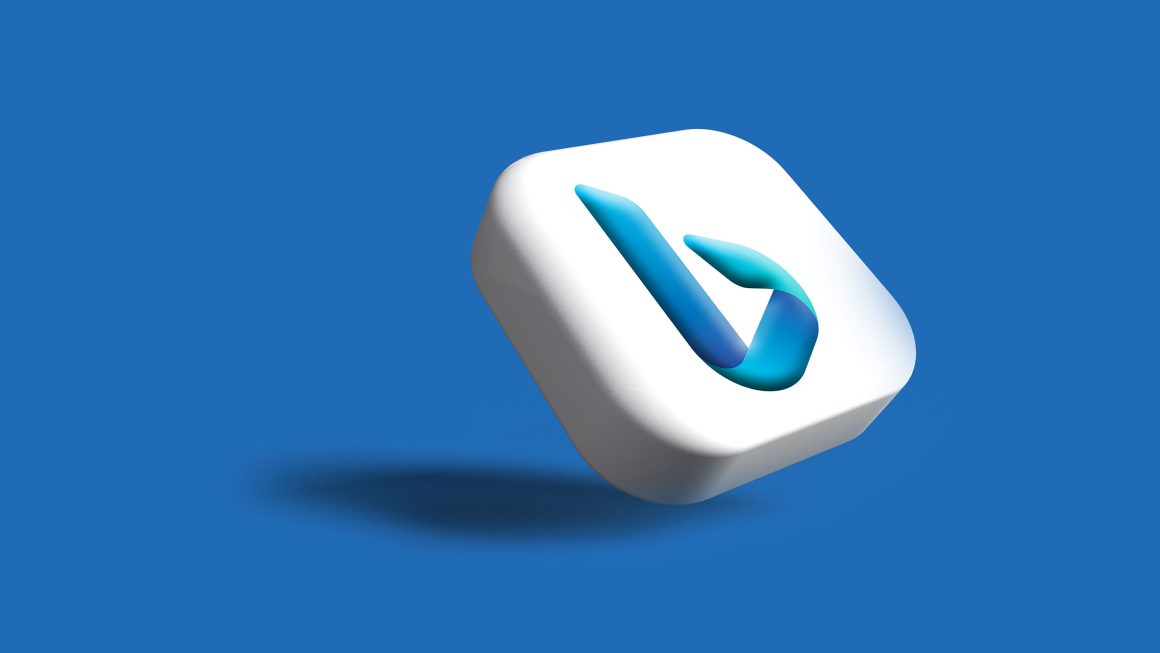Creating a bootable USB drive is an essential skill for any computer user. It allows you to install or repair an operating system, particularly Windows, when needed. Rufus is a popular and reliable tool for creating bootable USB drives, and it’s especially known for its speed and simplicity. In this step-by-step guide, we’ll walk you through the process of creating a Windows 10 bootable USB using Rufus.
What You’ll Need
1. A USB Drive (at least 8GB): This will be your bootable drive, so ensure it has enough space and is empty.
2. A Windows 10 ISO File: You can download this from the official Microsoft website or obtain it from a trusted source.
3. Rufus Software: Download and install Rufus from its official website.
Step 1: Launch Rufus
Once you have downloaded and installed Rufus, insert your USB drive into the computer’s USB port.
Launch Rufus by double-clicking on the application icon.
Step 2: Select Your USB Drive
Rufus will automatically detect the USB drive you inserted. In case you have multiple drives connected, ensure you select the correct one. The drive name and size should help you identify it.
Step 3: Choose the Windows 10 ISO File
Click on the “Select” button next to the “Boot selection” dropdown. This will open a file explorer window. Locate and select your Windows 10 ISO file.
Step 4: Configure Rufus Settings
Partition Scheme:
– For modern systems with UEFI firmware, choose “GPT” (GUID Partition Table).
– For older systems with BIOS firmware, select “MBR” (Master Boot Record).
File System:
– Choose “NTFS” for the file system. This is compatible with both UEFI and BIOS systems.
Cluster Size:
– Leave this at the default setting.
Quick Format:
– Make sure this option is checked.
Create a Bootable Disk Using:
– Select “ISO Image” from the dropdown.

Step 5: Start the Bootable Process
Double-check that all your settings are correct. Once you’re sure, click on the “Start” button.
You may receive a warning that all data on the USB drive will be destroyed. If you’re sure you’ve backed up any important data, click “OK” to proceed.
Step 6: Wait for the Process to Complete
Rufus will now start creating the bootable USB drive. This process may take some time, so be patient. You’ll see a progress bar indicating how far along the process is.
Step 7: Successful Completion
Once Rufus has finished creating the bootable USB drive, you’ll see a green bar at the bottom that says “READY”. You can now close Rufus.
Congratulations! You’ve successfully created a Windows 10 bootable USB drive using Rufus.
How to Boot from the USB Drive
Now that you have a bootable USB drive, you can use it to install or repair Windows 10 on a computer. Follow these steps to boot from the USB drive:
1. Insert the bootable USB drive into the computer where you want to install or repair Windows 10.
2. Turn on or restart the computer.
3. As the computer starts up, you’ll need to access the boot menu. This is usually done by pressing a specific key (like F2, F12, ESC, or DEL) depending on your computer’s manufacturer. Check your computer’s manual or the manufacturer’s website for the exact key.
4. In the boot menu, select the USB drive as the boot device.
5. The computer will now boot from the USB drive, and you’ll see the Windows installation or repair screen.
6. Follow the on-screen instructions to install or repair Windows 10.
Tips and Considerations
– Ensure that you have a stable internet connection while downloading the Windows 10 ISO file to avoid any interruptions.
– Always back up any important data from your USB drive before using it to create a bootable drive, as the process will erase all existing data.
– If you’re using Rufus on a computer running Windows 7, 8, or 10, you may need administrator privileges to run the application.
– If you encounter any issues during the bootable process, double-check your settings and try again. If problems persist, you can seek help from technical forums or communities.
Creating a bootable USB drive with Rufus is a valuable skill for any computer user. It empowers you to perform installations and repairs, ensuring that your system runs smoothly. With this step-by-step guide, you can confidently create a Windows 10 bootable USB drive using Rufus and handle a range of system-related tasks with ease.





